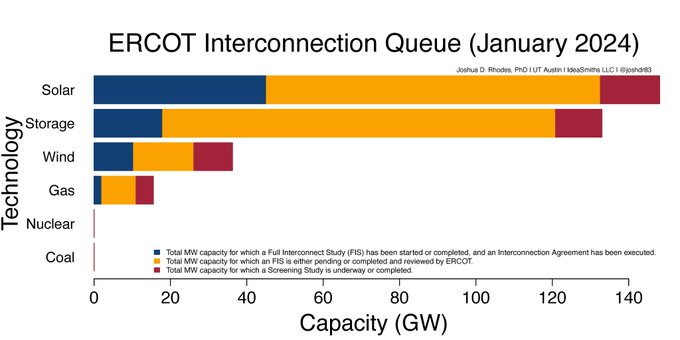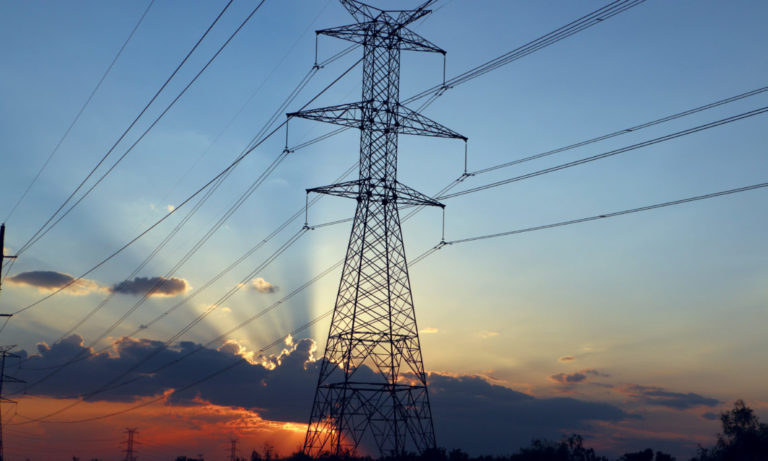May 23, 2019

Read the article at Utility Dive
For utilities looking to influence customer energy use — shifting demand to off-peak hours, for instance — there is a growing body of research that concludes the simplest solution is price. That may seem obvious, but the findings contrast with programs that rely on social cues and call for conservation in an attempt to manage customer demand through “behavioral demand response.”
“Experimental Evidence on the Effect of Information and Pricing on Residential Electricity Consumption,” a new study authored by Dartmouth researcher Praveen Kopalle, examines a field experiment in Texas conducted on the non-profit Pecan Street neighborhood test bed. The research concludes critical peak pricing intervention reduced electricity consumption by 14%.
“In contrast, we find minimal response to active information provision and conservation appeals,” the authors wrote.
Those findings bear some similarity to research published last year by the University of Chicago, which concluded price-based incentives are the most effective and consistent way to tweak customers’ energy use. While that research found some efficacy in non-price incentives, the Dartmouth conclusions are more stark.
Price is king
Informed consumers “clearly respond to both increases and decreases in the marginal price of electricity, but show minimal response to the provision of information or conservation appeals alone,” the study found.
According to Kopalle, seeing a change in price actually causes customers to think differently about their energy use.
“Showing them the price is really important to make them change their behavior,” Kopalle told Utility Dive. “Consumers see prices, and a particular part of the brain associated with decision making gets activated.”
“For other forms of communication, there was absolutely no change at all,” he said.
The study’s conclusions are unusual, and the paper notes that finding a minimal response to information-based cues “notably contrasts with previous literature.”
Along with the Chicago paper last year, there have been other studies that found short-term demand reductions resulting from conservation appeals “during crisis periods.” In contrast, the Dartmouth research examined how behavioral cues and conservation appeals compared with critical peak pricing during 27 of the hottest days over two summers.
As Kopalle noted in the study, its findings differ from research by demand management provider OPower, which showed behavioral demand response, including comparisons to their neighbors and follow-up contact after an event, could lead to peak decrease of 6.8% in electricity use.
“We view our results as suggesting that outside of crisis periods, price changes have the potential to provide much larger reductions in electricity consumption than standard text message or email information treatments,” Kopalle said.
Opower experiments with a mix
Advocates of behavioral programs, however, say there is room for both and a combination is likely ideal.
Opower is now owned by Oracle, and the company says it is experimenting with a mix of behavioral cues and price signals.
“In order to change their behavior in the long-term, customers need a ‘why,'” Scott Neuman, group vice president of Opower Oracle Utilities, told Utility Dive. That could be a price signal, which Neuman said is “likely a critical component in” balancing utility grids today, particularly with increasing levels of intermittent renewables.
But “we suspect that adding personalized energy usage information, insights and tips could amplify the impact of price signals,” he added.
Opower is testing a new product based on that idea, said Neuman, designed “to enhance the impact of time-of-use rates.” That behavioral load shaping product “is currently in pilot with one of our leading utility partners.”
The results of that pilot will be one more piece of data to help answer the broader question utilities face on how to best reduce peak demand.
Ultimately, more research is needed — which brings us to Pecan Street.
A neighborhood of 1,000, and growing
The data for Kopalle’s research came from Pecan Street, an Austin-based non-profit that manages a neighborhood electricity test bed. Almost 1,000 homes have volunteered to have advanced metering infrastructure installed, capturing circuit-level, minute-by-minute consumption data along with generation data from dozens of homes with solar panels.
The development includes new housing, along with retail and commercial spaces.
“It’s the perfect test bed,” Pecan Street spokesman Colin Rowan told Utility Dive. “We wanted to install a bunch of solar — far more than you would find in a natural geography. We wanted to incentivize the lease or purchase of electric vehicles. And we wanted to measure all of it.”
Pecan Street started equipping homes in 2010, beginning in Austin’s Mueller neighborhood. In that half-square mile area, the organization recruited several hundred participants. It reached 1,000 participants in 2014 and now has about 1,200 homes signed up. More than 200 of them have solar, and at any given point, there are up to 70 electric vehicles.
Now, the group is working to develop new neighborhood test beds in areas in California’s Bay Area, Los Angeles and Ithaca, New York.
As the project has grown, so has the information it produces. Rowan said there have been more than 150 research papers sourcing Pecan Street, and the nonprofit allows universities to access its data free of charge. The data is also licensed to for-profit entities.
Earlier this month, Pecan Street announced it was partnering with Eaton, a power management company, to develop and test next-generation residential demand response solutions. Rowan said the work is an indication of where the group is heading.
“There is a new opportunity for more customer-facing demand response technology that the utility doesn’t necessarily control,” he said. That could include houses selling electricity between each other in a transactive energy environment.
“We see an opportunity for more sophisticated demand response,” said Rowan. “Customers would have much more insight and control into their energy use and how it is priced.”
Because ultimately, how energy is priced is a key to using it most-efficiently — as Kopalle’s research at Dartmouth shows — regardless of who is selling it.


















